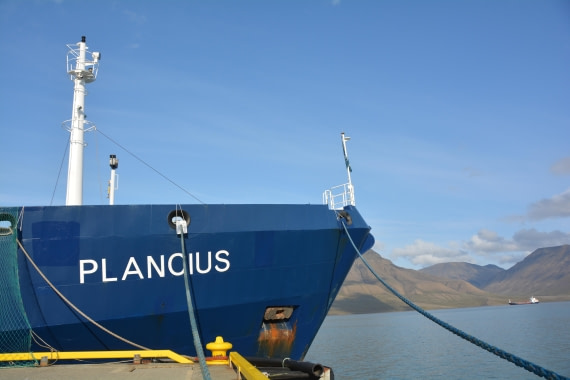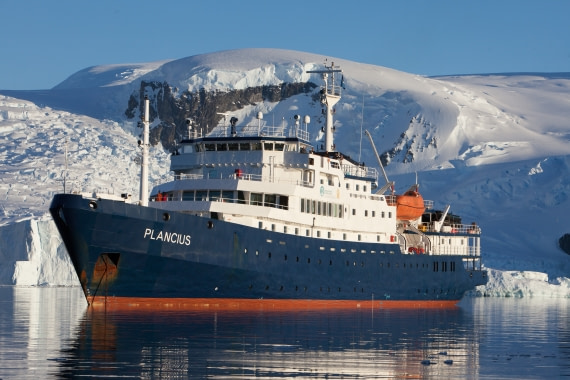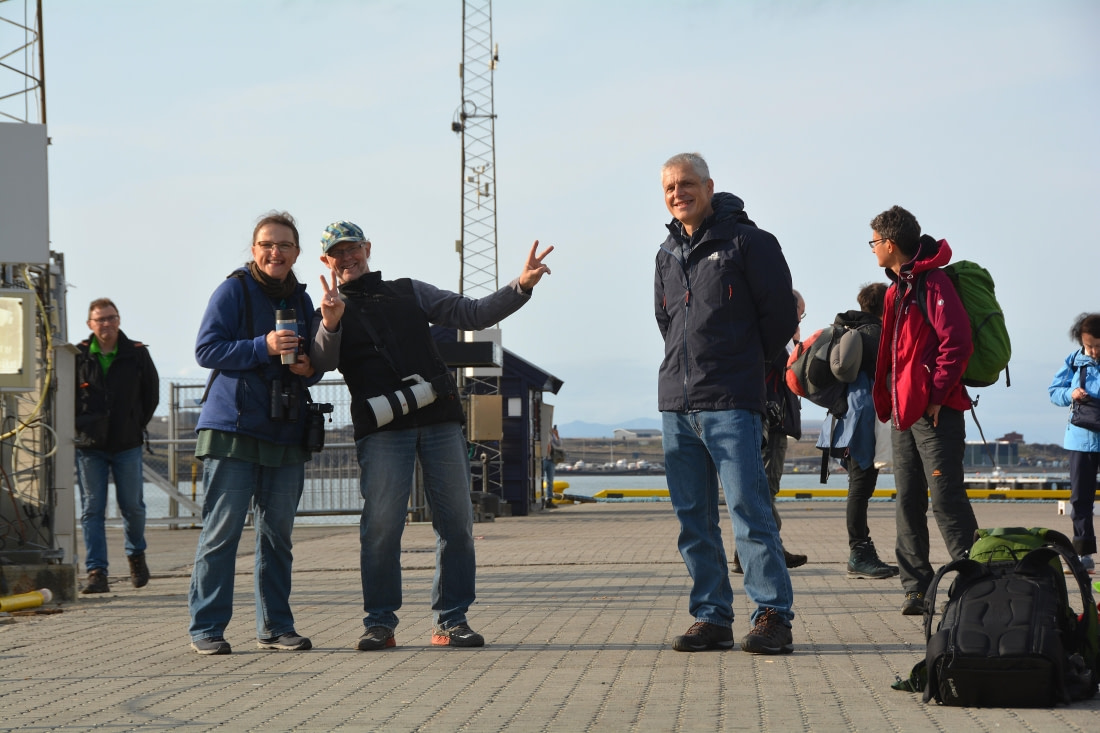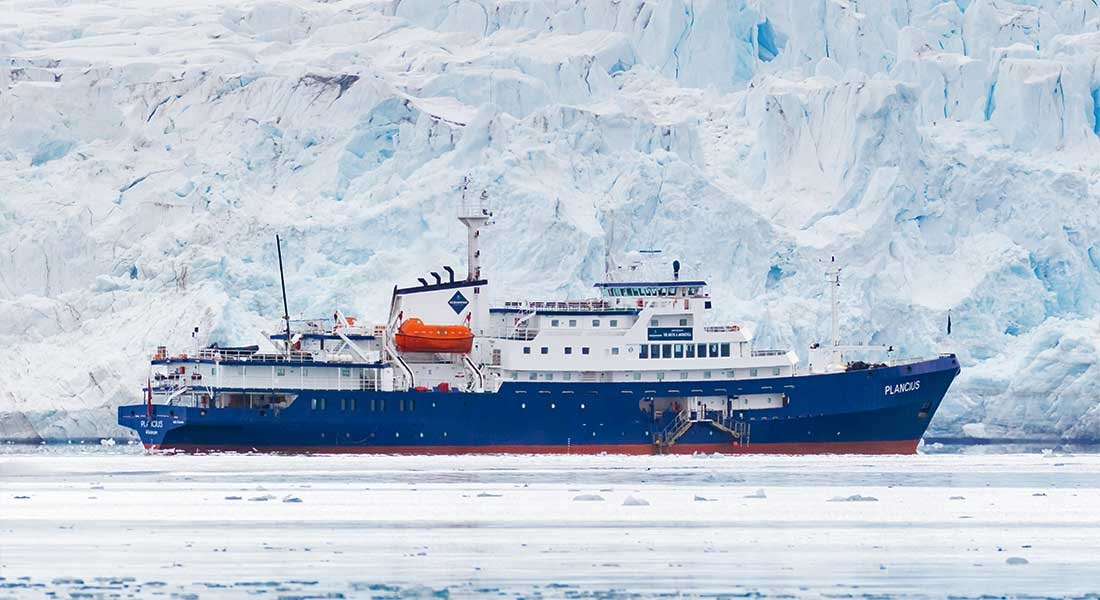| Date: |
19.08.2024 |
| Position: |
79°46.0’N / 011°28.5’E |
| Wind: |
W 1 |
| Weather: |
Cloudy |
| Air Temperature: |
+12 |
If somebody could hand pick the perfect ‘1-day’ visit to Svalbard, that day would look a lot like today. We sailed north from Longyearbyen, west from Prins Karls Forland, and were at the Northwest tip of the archipelago by early morning. We crossed the Sørgattet Northeast bound between Danskeøya and Reuschalvø and enjoyed beautiful glaciated landscapes with steep mountains.
Our first destination for the morning was Fuglefjorden (Bird Fjord), named after the Latin genera of birds that are used to name the tidal and non-tidal glaciers terminating in this fjord: Uriabreen, Lestribreen, Larusbreen, Rissabreen, Sternabreen and Tringabreen. We launched our Zodiacs and headed straight for a group of shallow islands east of Fugløya. It was clear now why these fjords and glaciers were named after birds. These islands provide shelter for vast numbers of birds, and many species were seen in numbers, including arctic terns, barnacle geese, black guillemots, glaucus gulls, kittiwakes, and purple sandpipers.
The location was difficult for Zodiacs and drivers; the area was full of shallow rocks, and the glacial water full of sediments made it impossible to see what was underneath and close to the coast. Many ended up feeling the nudge of a rock under the hull or even hitting a propeller. This really is an expedition, and we are going to places we could not access, if not with specialized gear and guides. As we roamed the fjord from the water, we saw a harbor seal and a bearded seal. With all of this ‘food’ around, bird chicks, eggs, and seals, the king of the Arctic did not take long to make an appearance.
Over a rocky Islet, high up, a beautiful polar bear came up, walking gently, driven perhaps by curiosity to find out what the new buzzing noise in the fjord was. He took one look at us and laid down to rest shortly afterward. He or she was not interested in us.
We then carried on towards the main glacier face at the foot of the fjord, the Svitjodbreen, named after an area of Sweden.
Our range finders measured 80m at the highest point of the glacier wall. Very impressive. We saw a huge calving, and some small ones too. We cruised the glacier front and then went back to Plancius. By this point, we all started feeling the cold and had worked up an appetite!
During lunch, the ship relocated to Smeerenburg, and our guides launched four Zodiacs to scout for bears in the whole area and nearby islands and coasts. We wanted to make sure not to come across a bear on land accidentally, as this can be a dangerous situation for both bears and humans.
We landed in Smeerenburg and separated our groups into long, medium, and leisurely hikes. Here, we learned about the whaling history of the first part of the 17th century, the rise of Smeerenburg or ‘Blubbertown’ in Amsterdamøya. We also visited the remains of multiple whaler’s graves, including the iconic mass grave for “The Seven”. In 1633-34, a crew of 7 men wintered successfully in Smeerenburg; they were the first Europeans to do so. The following year, in 1634-35, 7 new crew were left behind, but these men were not so fortunate, and all died of scurvy. A mass grave was dug for them.
We went on a walrus walk to enjoy seeing these amazing marine mammals hauled out and resting on the beach.
We also visited the monument erected in 1906 by the crew of Hr. Ms.
Friesland under the order of Queen Wilhelmina of the Netherlands. Here, there were scattered remains of coffins and whalers pushed out of the ground by the permafrost and were gathered and given a new resting place.
Many of us enjoyed watching birds on the shore such as the Arctic terns. They were looking very beautiful as they posed for photos above their reflections in the coastal pools.
On our walk back, we also saw an Arctic Fox and walruses approaching the landing.
If all of this was not enough, the weather was extremely kind to us. What a day…if you are to taste Svalbard in one day…this surely was the best way we could possibly do it.




































